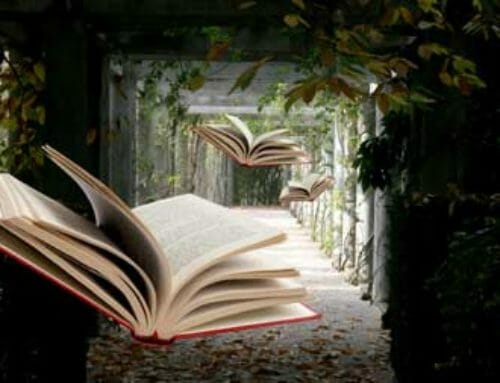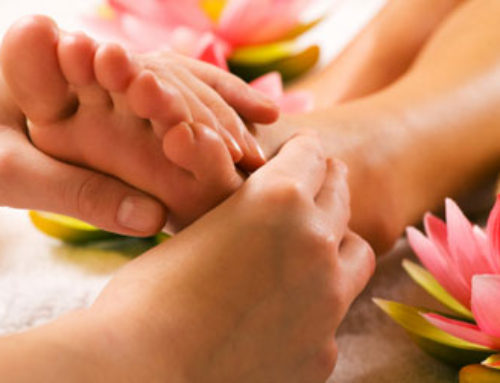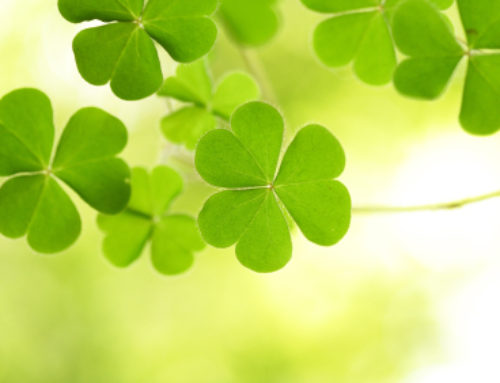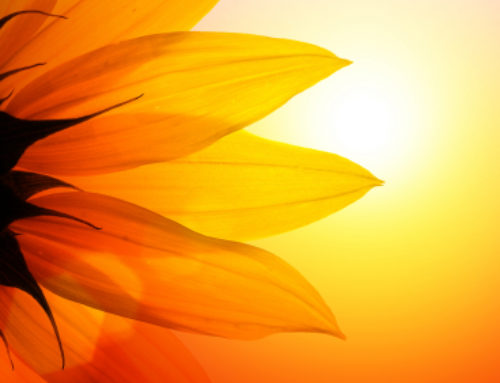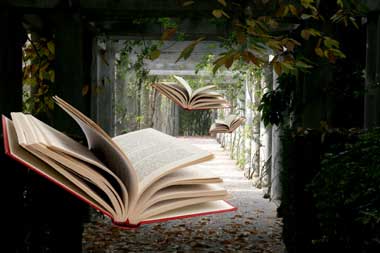 Carl Jung believed that dreams assist you in getting to know your unconscious – a window to your soul. Through dreams you have a built in counsellor to help you find solutions to your day-to-day challenges. They can assist in reaching balance and wellness. According to Jung dreams reveal who you are, your relationships with others, and what is currently going on in your waking life.
Carl Jung believed that dreams assist you in getting to know your unconscious – a window to your soul. Through dreams you have a built in counsellor to help you find solutions to your day-to-day challenges. They can assist in reaching balance and wellness. According to Jung dreams reveal who you are, your relationships with others, and what is currently going on in your waking life.
To analyze your dreams, you can simply have a conversation about the dream with a friend, and story of the symbols will unfold to you. Jung believed that each person has the ability to interpret their own dreams. Only you know what the symbols truly mean to you. For example, a butterfly may inspire peace in one, and utter panic in another.
So in essence the dream could take on a different message for the dreamer based on what the reaction is to the symbol in the dream. And I wholeheartedly agree! However, sometimes we can get stuck in the details, and we need an outsider to lend us a helping hand to jumpstart the process. Jung believe that if your interpretation of the dream feels right to you, then it is the right answer. Your intuition never steers you wrong, but second-guessing sometimes does.
Trust your instincts, even if someone else tells you different. To get you started, let’s look at Jung’s common dream symbols which he called the Collective Unconscious. He felt that these symbols mean the same thing to everyone on earth and that they can be used to identify the theme of your unique dream. You may have heard others refer to these symbols as archetypes.
Jung has identified seven of these universal symbols or archetypes:
- The Persona – Who you are in the world, your sense of Self. It may not look anything like you in the dream, yet you will always know that it is you.
- The Shadow – Aspects you reject or refuse to acknowledge in yourself. And these aspects usually show up as scary people, monsters or animals. It usually symbolizes weakness, fear, or anger. Once you accept the shadow, the message becomes clear, even though the reason is not always easy to figure out, as we are so afraid to acknowledge our fears.
- The Anima / Animus (female / male qualities) – The symbols are based on whether you have acknowledged and accepted both female (emotional) and male (assertive) energies in you or not.
- The Divine Child – Your higher self where possibilities are endless. It’s usually a young child or baby, which represents your innocence, your sense of vulnerability, and your helplessness.
- The Wise Old Man / Woman – The helper. This could be anyone, such as a teacher, parent, doctor, or any respected figure that offers guidance.
- The Great Mother – The nurturer. She may appear as your own mother, grandmother, or other nurturer whom provides reassurance.
- The Trickster – The joker. If you have overreacted or misjudged a situation in your waking life, or you are not sure of what decision to make, the Trickster may embarrass you, or make you feel vulnerable.
These type of dreams usually occur when you are about to undergo a great shift or transformation in your life. These are the dreams that you remember when you awake, and that stay with you for days. They are worthwhile to write down, and to interpret, as they guide you on your path of life.
Again, the above symbols have been identified by Carl Jung as universal symbols. However, they may appear in your dream and my hold a completely different meaning for you. What is most important in dream analysis is that you listen closely to your instincts. What feels right is right! For example, a witch may represent a positive view to you, if you believe in the healing powers of herbs.
The internet provides many dream dictionaries to get you started with some of the potential meanings for symbols. But again, always put your own interpretations to the dream, and believe in yourself when you get the feeling that ‘Yes, this is it’, because that is always the right answer.
